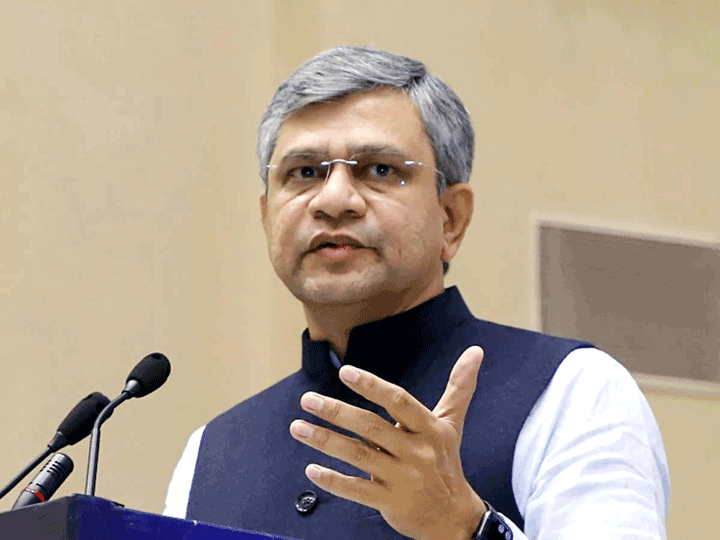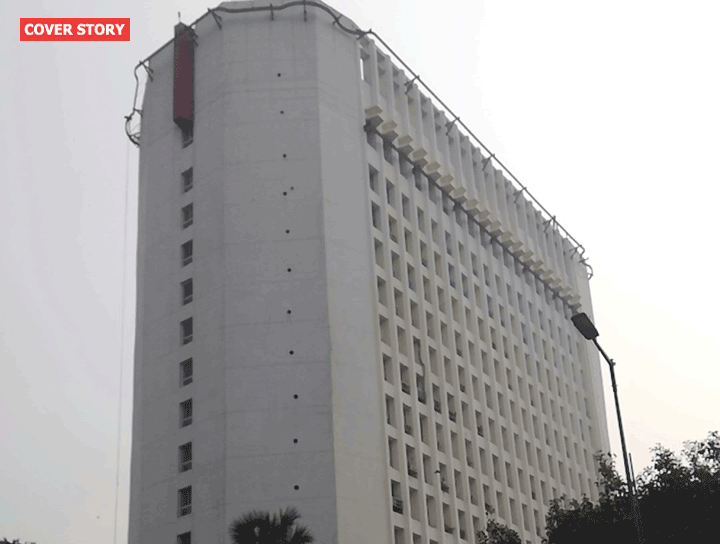Rs 235 cr: India bears the entire cost for launching South Asia Satellite
The countdown, which started on Thursday, for the launch of South Asia Satellite or GSAT-9, is going on smoothly. The rocket is all set to blast off from Sriharikotta space station on Friday.
The countdown started at 12:57 hours on May 4, 2017. The rocket is expected to take off today at 16:57 hours.
This is one of the very few launches for which media was not invited and Isro officials are also tight lipped. Government-owned Doordarshan, which used to telecast launches live, is not likely to do so this time. Isro, which used to update about countdown and progress of launches through its website and social media is also silent.
Top 5 things to know about the satellite
In 2014, Prime Minister Modi asked ISRO to develop a SAARC satellite which can be dedicated as a ‘gift’ to the neighbours. It was earlier referred as the SAARC satellite, but was renamed as South Asia Satellite after Pakistan opted out of the project.
Estimated cost of launching this satellite is around Rs 235 crore. India has borne the entire cost. Out of 8 SAARC countries, seven are part of the project except Pakistan.
GSAT-9 is a Geostationary Communication Satellite with the objective to provide various communication applications in Ku-band with coverage over South Asian countries. GSAT-9 is configured around the ISRO’s standard I-2K bus, with lift off mass of 2,230 kg. The main structure of the satellite is cuboid in shape built around a central cylinder with a mission life of more than 12 years.
Natural resources mapping, tele medicine, the field of education, deeper IT connectivity or fostering people-to-people contact — this satellite will prove to be a boon in the progress of the entire region.
The satellite is meant for providing communication and disaster support, connectivity among countries in the South Asia region. It will also provide a significant capability to each of these participating countries in terms of DTH, certain VSAT capacity plus links for both disaster information transfer and also in terms of library type of things.











